Community: The Secret to Stopping Deforestation in Guatemala
The forest concessions of the Maya Biosphere Reserve have boasted a near-zero deforestation rate for 20 years.... Continue Reading
Home / Issues / Forests & Biodiversity / Deforestation / Page 7
Tropical forests absorb more carbon than any other kind of forest. They also provide shelter, food, and livelihoods to millions of Indigenous and local people, while housing two-thirds of the world’s biodiversity. But we are losing them at an alarming pace (mostly to agriculture): In 2019, we lost a football pitch of tropical forest every six seconds. Stopping deforestation and forest degradation in the tropics is critical to the survival of humanity.
This page features information about the Rainforest Alliance's work to stop tropical deforestation and links to all our related content and resources.
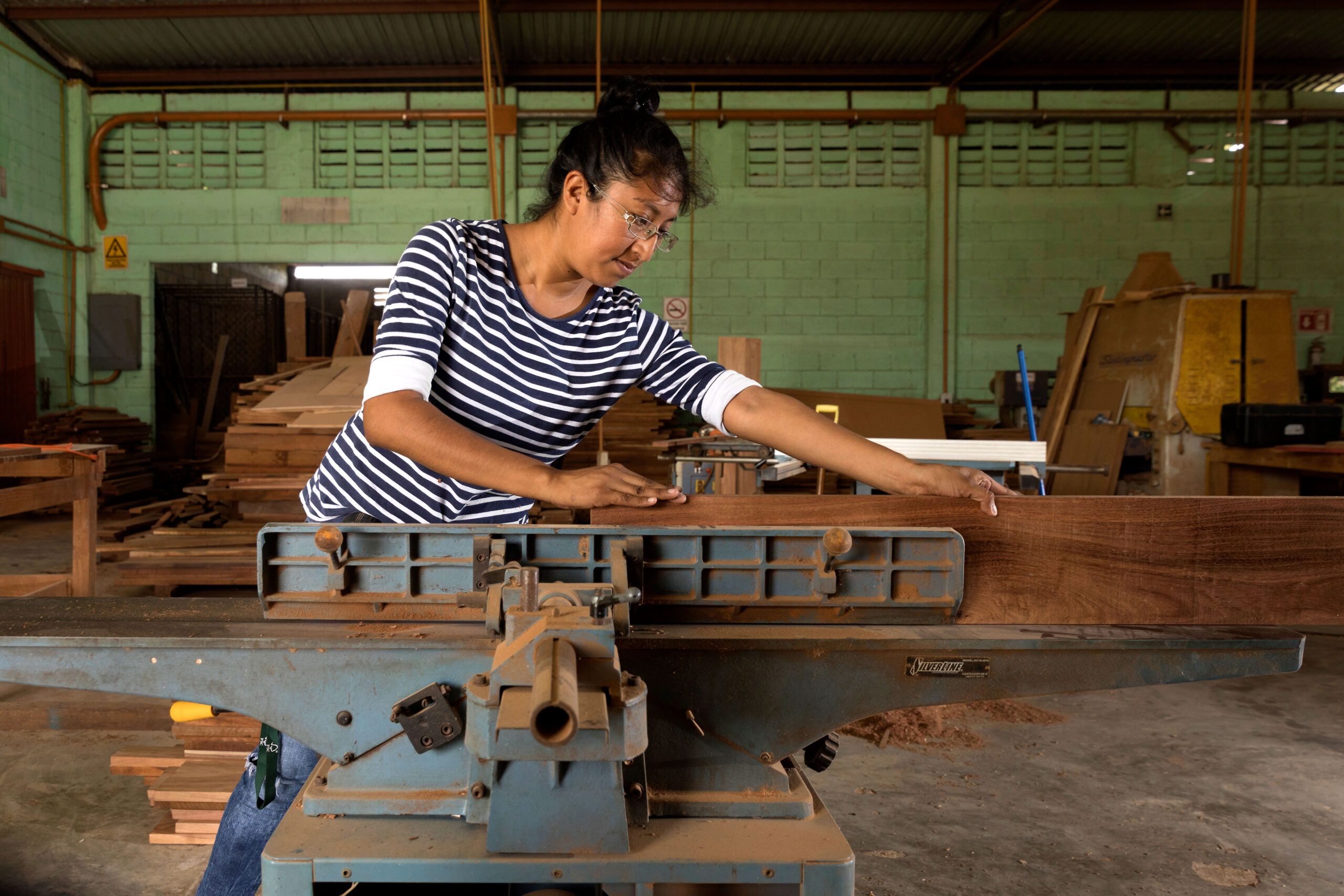
Stopping deforestation in the tropics has been at the heart of the Rainforest Alliance’s mission since its founding more than 35 years ago. Working with companies, civil society organizations, and local governments—all while centering the voices of the rural communities we partner with—we promote community forestry and regenerative agriculture throughout the tropics. Our decades of experience have demonstrated that these are the most effective strategies to keep forests standing and restore biodiversity.
This paper outlines our principles and strategies for stopping deforestation (and other forms of ecosystem conversion) in vulnerable tropical regions.
Learn how joining our Forest Allies community of practice will help your company have a greater impact on forests.
World Resources Institute (WRI) estimates the extent to which seven commodities—oil palm, soy, cattle, plantation wood fiber, cocoa, coffee, and plantation rubber—are replacing forests, and maps their impacts.
This Rights and Resources Initiative report examines the potential of community rights-based conservation to prevent biodiversity collapse.
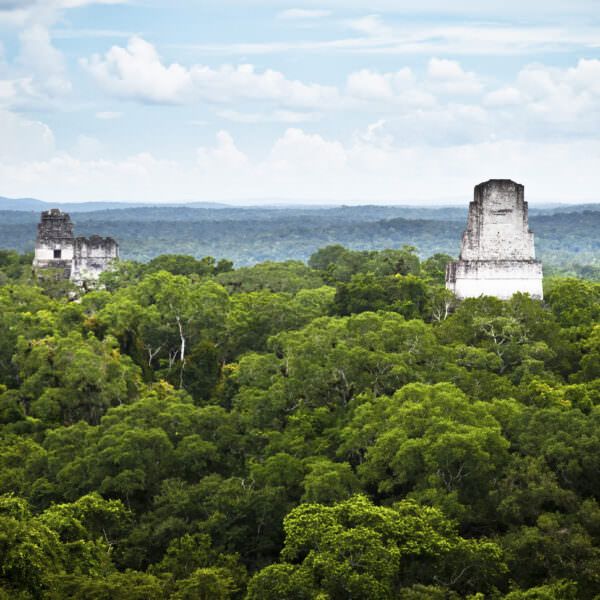
The forest concessions of the Maya Biosphere Reserve have boasted a near-zero deforestation rate for 20 years.... Continue Reading
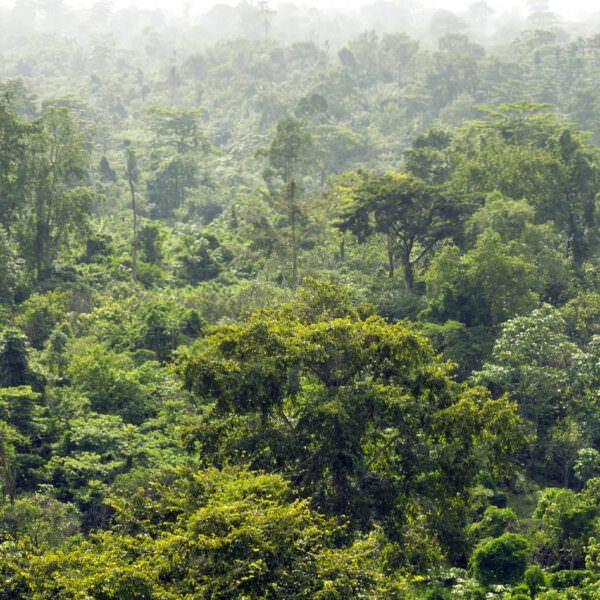
Community-led landscape management is the best long-term solution to environmental and social challenges.... Continue Reading
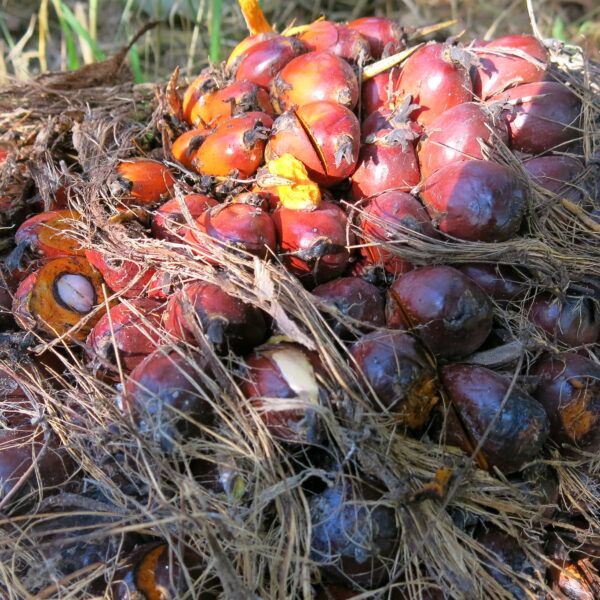
Since 2018, the Rainforest Alliance has been working in the Sintang District of West Kalimantan to promote an Integrated Landscape Management approach around oil palm and natural rubber production.... Continue Reading
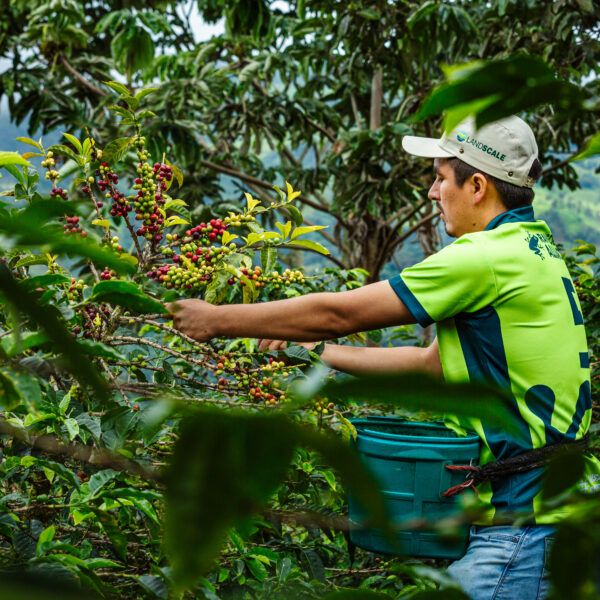
Through this initiative, the Rainforest Alliance will work with several organizations to address global environmental challenges associated with commodity-driven deforestation in some of the world’s most important tropical ecosystems and sourcing regions.... Continue Reading

Sitting in the heart of the Congo Basin, the 36,000 square kilometer Salonga National Park (SNP) is the largest protected area of dense rainforest on the African continent.... Continue Reading
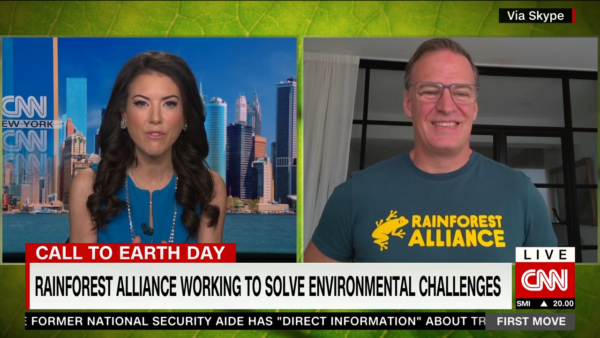
CNN’s Julia Chatterley spoke with the Rainforest Alliance’s CEO Santiago Gowland about what our frog seal represents, the connection between thriving nature and livelihoods, and the importance of climate adaptation.... Continue Reading

Climate change is the single biggest threat to humanity on earth. How many years do we have to save the planet from the climate crisis?
Rainforest Alliance's new CEO, Santiago Gowland, emphasizes that a worldwide shift towards community, Indigenous and nature-led farming is needed in order to reverse the damage from greenhouse gas emissions.
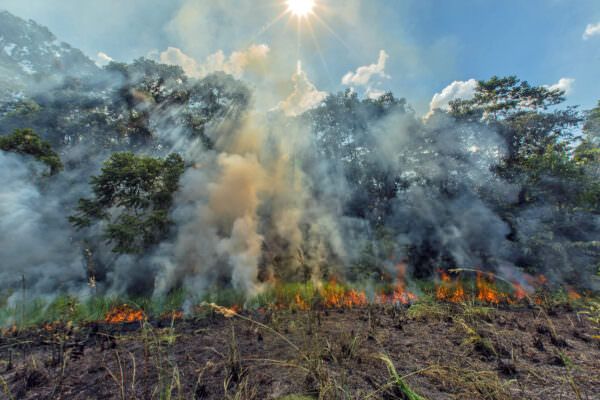
The answer is complex, but at the root of it all: a destructive combination of climate change and reckless land use.... Continue Reading
Rainforests are vital for our survival as a species and for the survival of life on Earth.